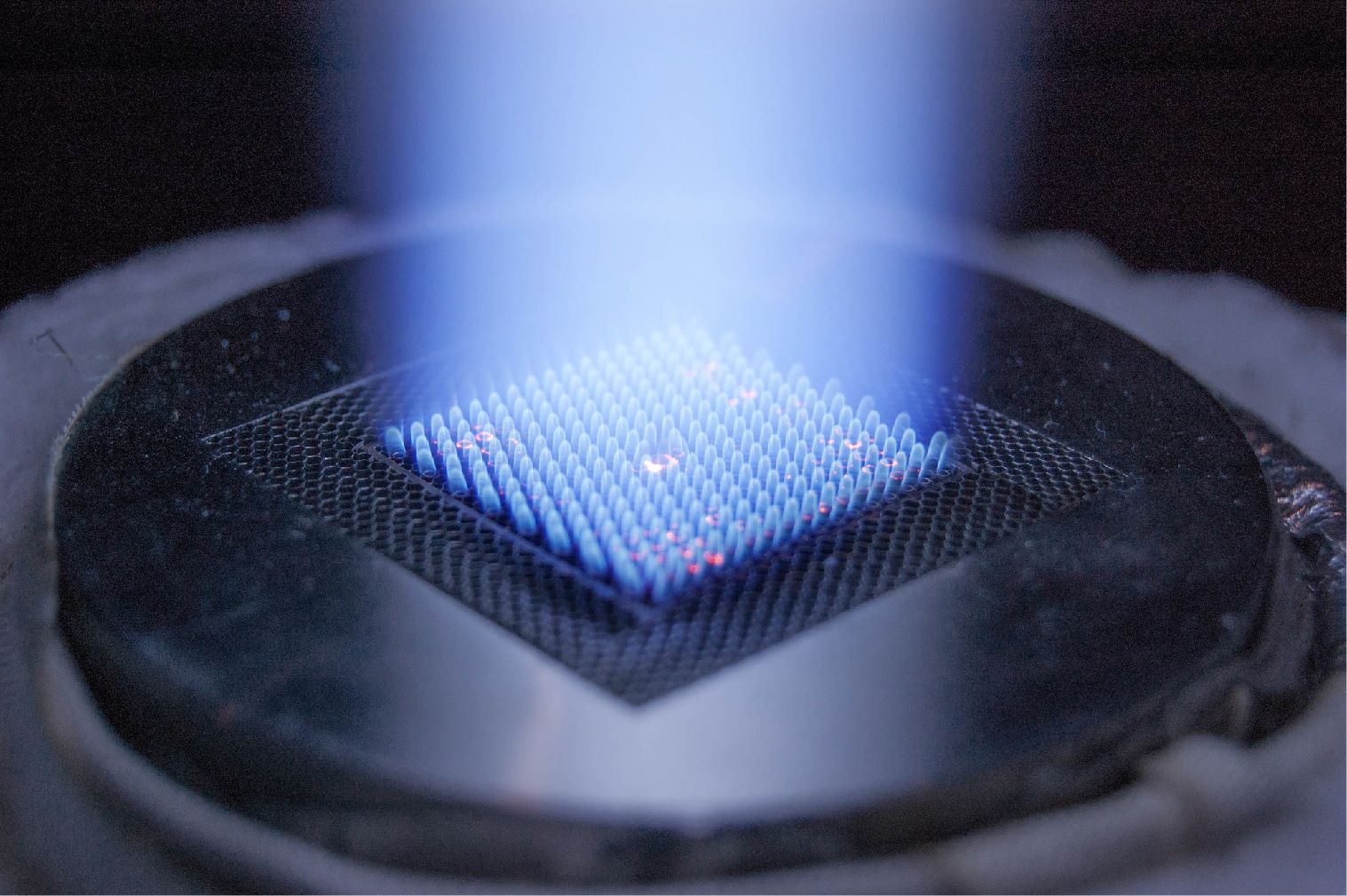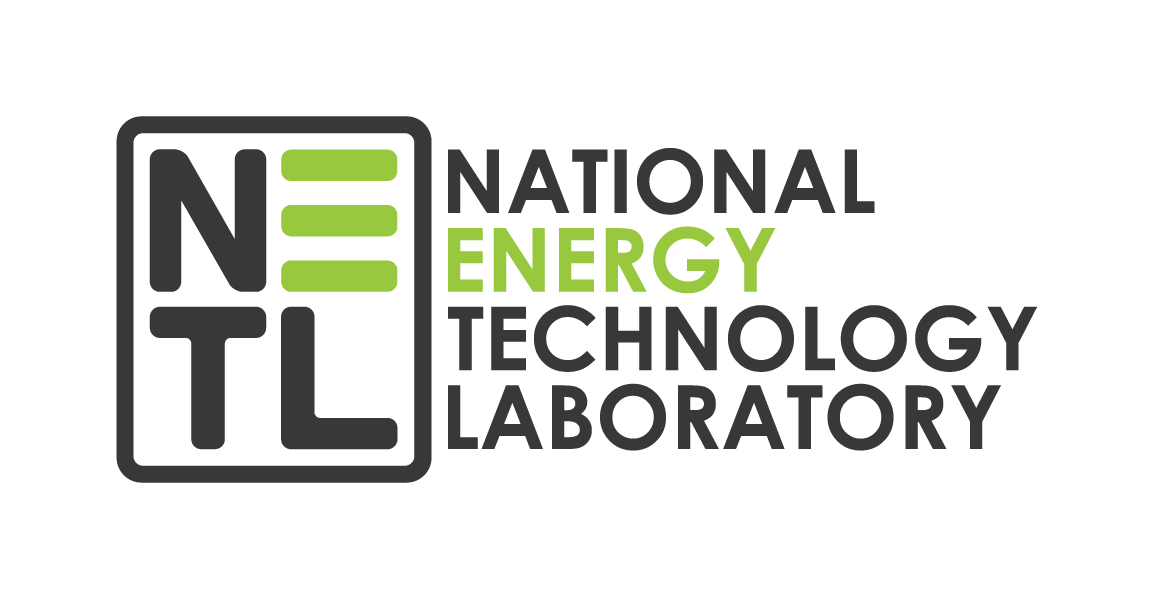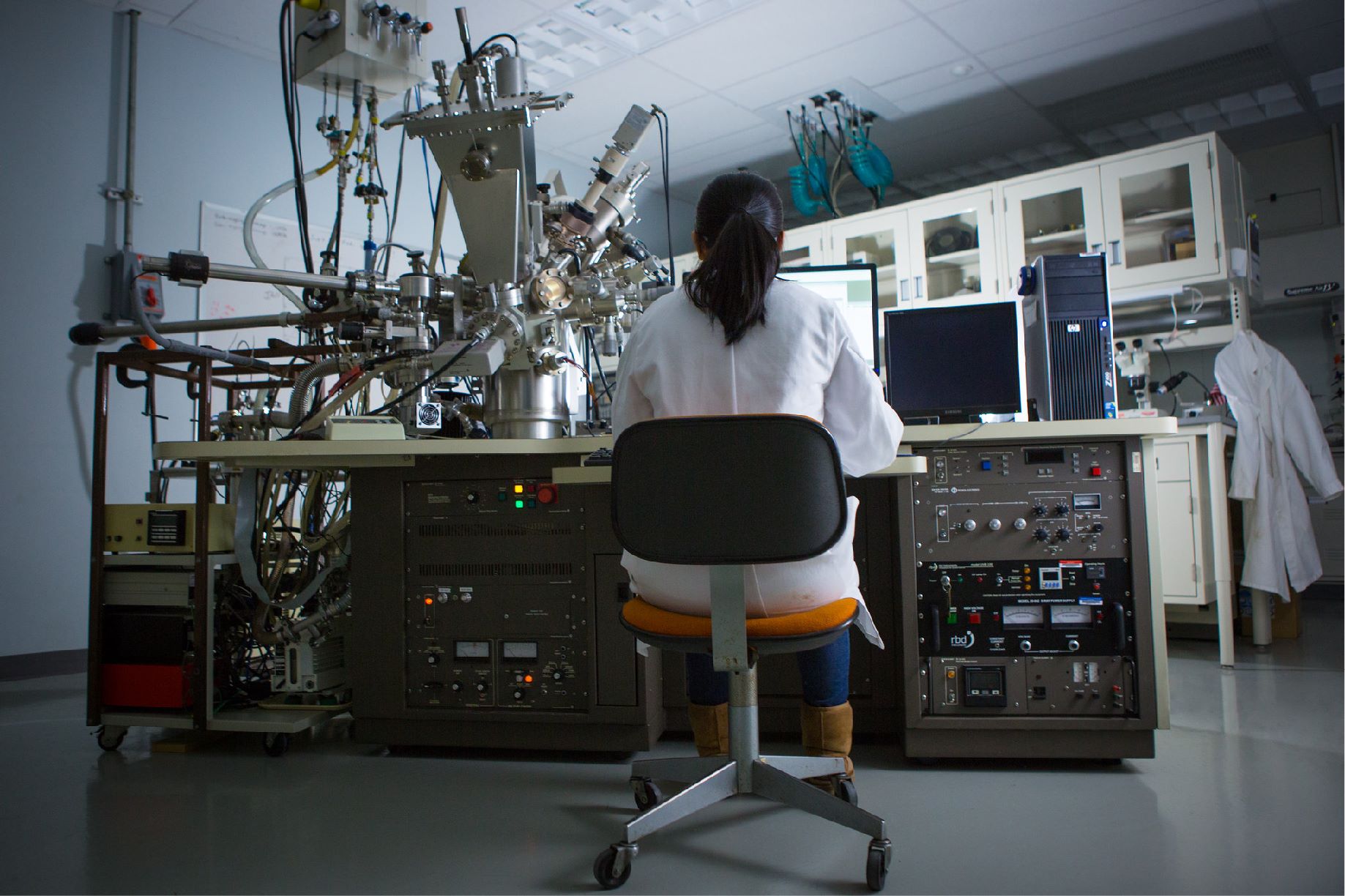About
News and Events
Research and Programs
Featured Initiatives Advanced Alloys Signature Center (AASC) Center for Fuels and Chemicals (CFC) Center for Microwave Chemistry (CMC) Coal for High-Value Products Critical Minerals and Materials Natural Gas Science-based Artificial Intelligence and Machine Learning Institute (SAMI) Subsurface Science Turbine System Optimization
Major Fossil Energy Programs Carbon Management Resource Sustainability
Core Competencies Computational Science and Engineering Energy Conversion Engineering Geological and Environmental Systems Materials Engineering and Manufacturing Strategic Systems Analysis and Engineering Program Execution and Integration
Core Competencies Computational Science and Engineering Energy Conversion Engineering Geological and Environmental Systems Materials Engineering and Manufacturing Strategic Systems Analysis and Engineering Program Execution and Integration
Energy Technology Development Office of Energy Efficiency and Renewable Energy Battery Workforce Initiative Cybersecurity, Energy Security, and Emergency Response Office of Electricity
University Training & Research Historically Black Colleges and Universities and Minority Serving Institutions Program University Carbon Research Program
University Training & Research Historically Black Colleges and Universities and Minority Serving Institutions Program University Carbon Research Program
Business
Library
Explore our Library

Approved Categorical Exclusions Environmental Assessments Environmental Impact Statements Oil and Gas Projects Summaries NETL Fact Sheets Publication Search Energy Data Exchange (EDX) FECM External R&D Final Technical Reports Project Landing Page Summary Information for External R&D Awards NETL R&D Publication Search Peer Review Reports
- Research and Programs
- Featured Initiatives
- Core Competencies
- Core Competencies
- Energy Technology Development
- University Training & Research
-
- Business
- Technology Transfer
-
- Library
- Energy Analysis
-
- About
- News and Events
- Education



 The U.S. Department of Energy and NETL, in collaboration with Japan Oil, Gas and Metals National Corporation (JOGMEC), USGS, Petrotech Resources Alaska (PRA), Hilcorp Energy Company (Hilcorp), and BP Exploration Alaska (BPXA), have completed a projecting taking the first in a series of critical steps toward establishing a long-term methane hydrate production test site on the North Slope of Alaska. The project built on prior program successes while fulfilling a long-standing program goal.
The U.S. Department of Energy and NETL, in collaboration with Japan Oil, Gas and Metals National Corporation (JOGMEC), USGS, Petrotech Resources Alaska (PRA), Hilcorp Energy Company (Hilcorp), and BP Exploration Alaska (BPXA), have completed a projecting taking the first in a series of critical steps toward establishing a long-term methane hydrate production test site on the North Slope of Alaska. The project built on prior program successes while fulfilling a long-standing program goal. Subsurface data were acquired during drilling, logging, and coring operations, including a full suite of geophysical measurements and 34 sidewall pressure cores. The long-term goal of the project to test and monitor the response of the gas hydrate-bearing reservoirs to controlled depressurization.
Subsurface data were acquired during drilling, logging, and coring operations, including a full suite of geophysical measurements and 34 sidewall pressure cores. The long-term goal of the project to test and monitor the response of the gas hydrate-bearing reservoirs to controlled depressurization.